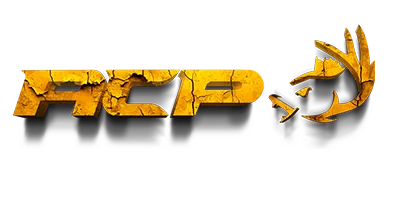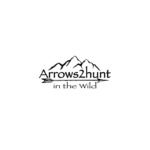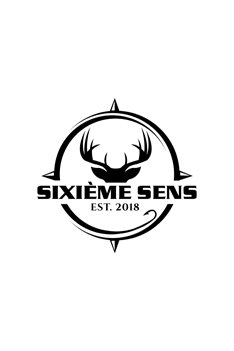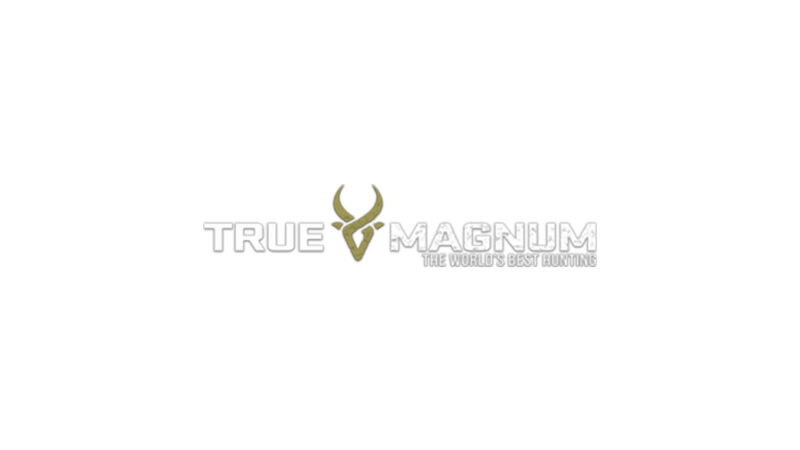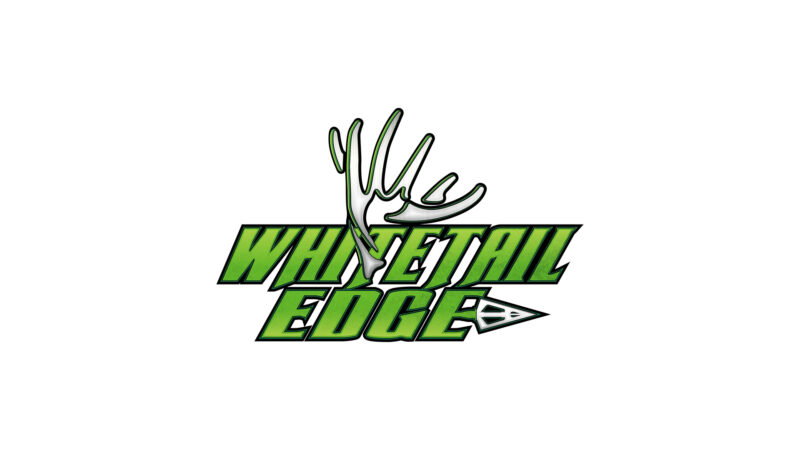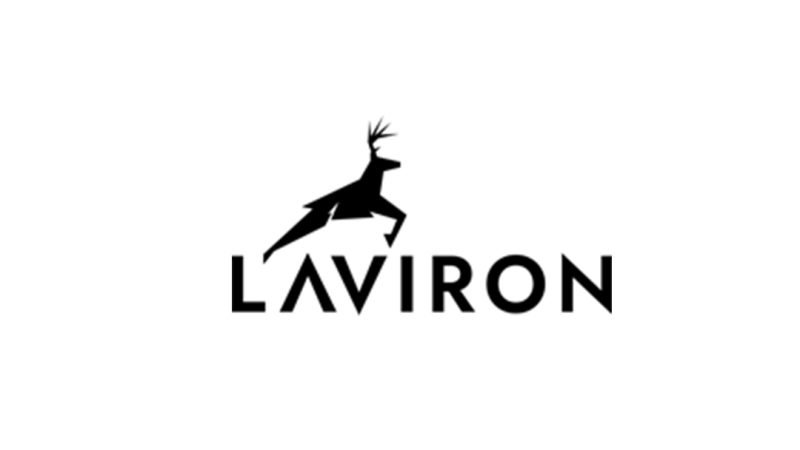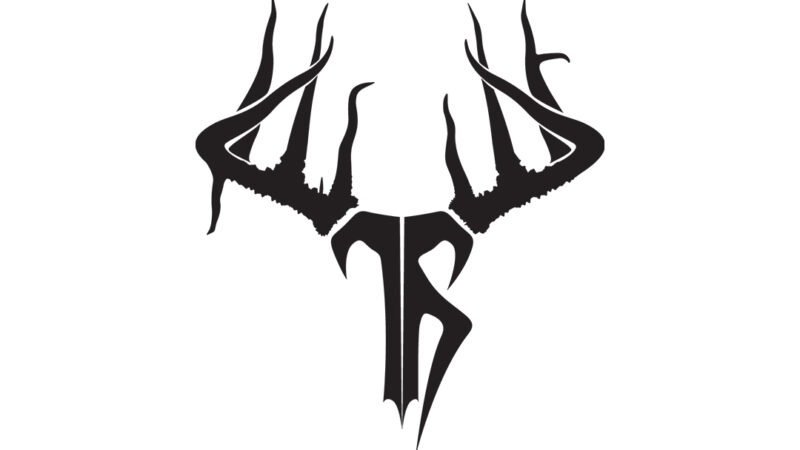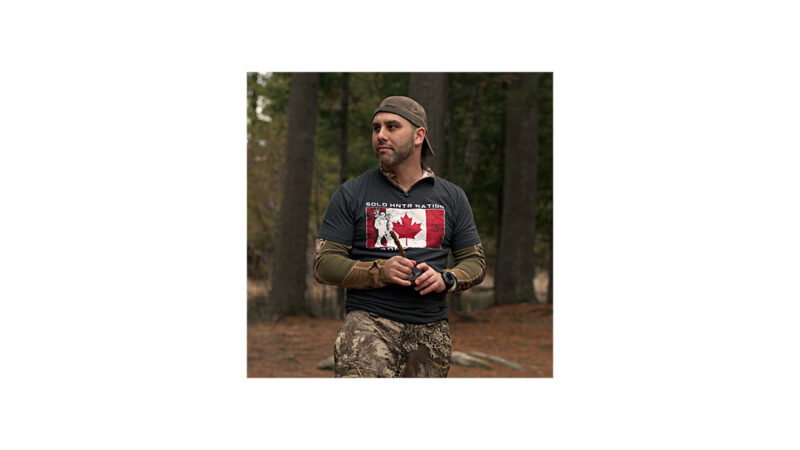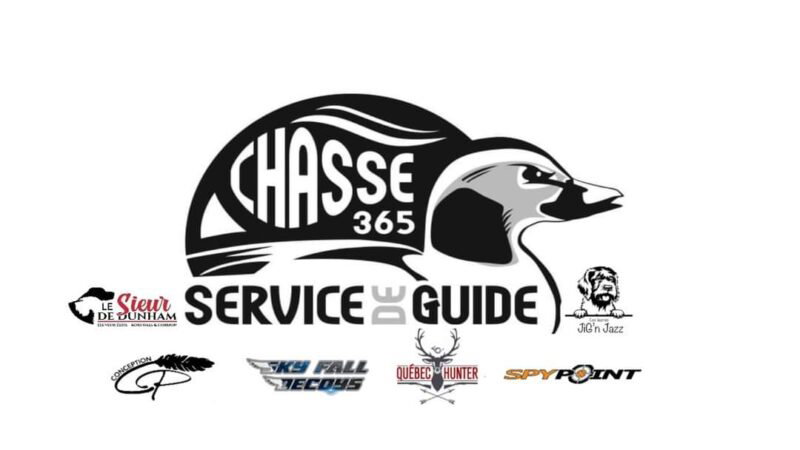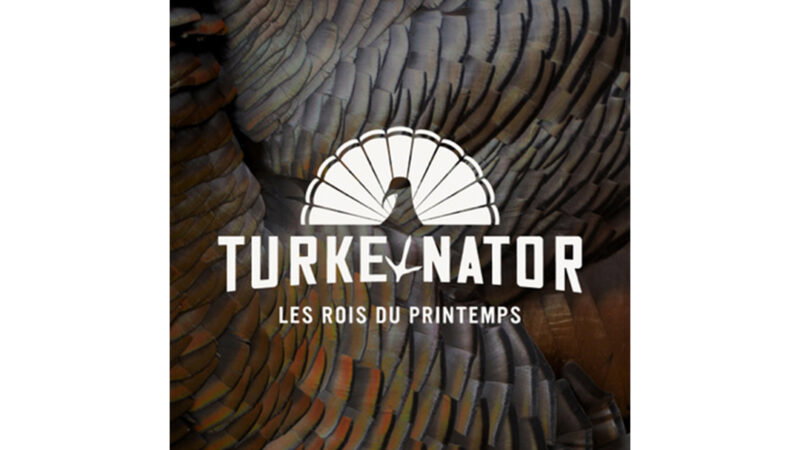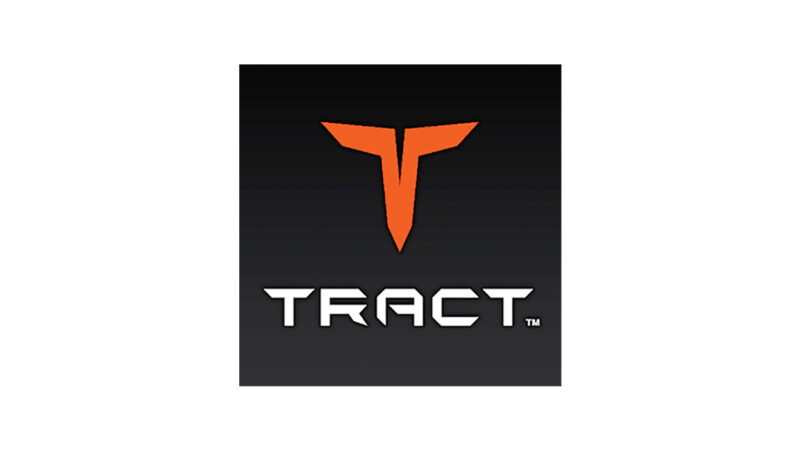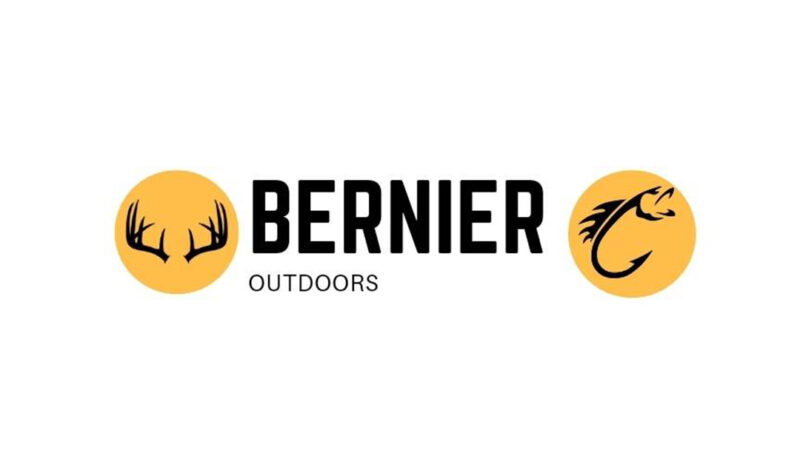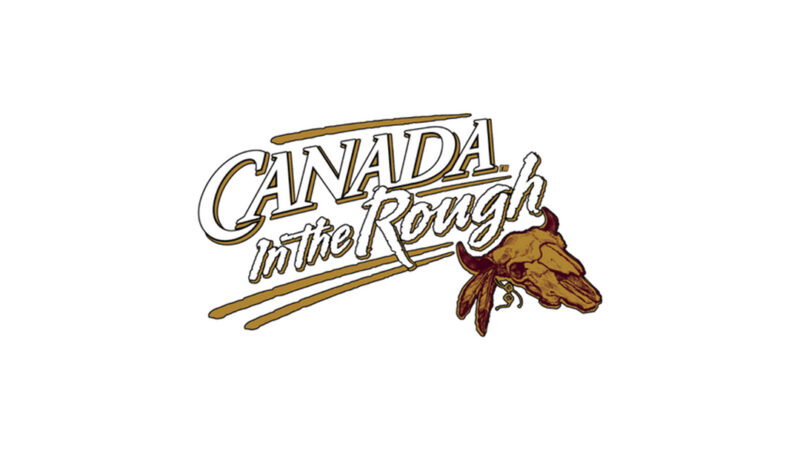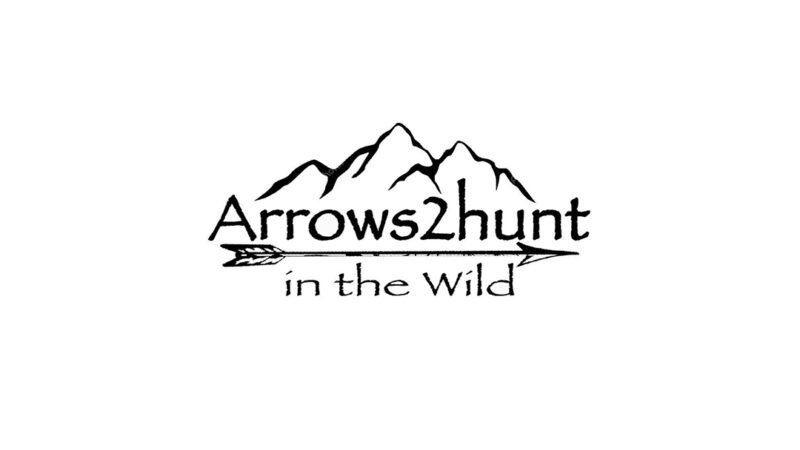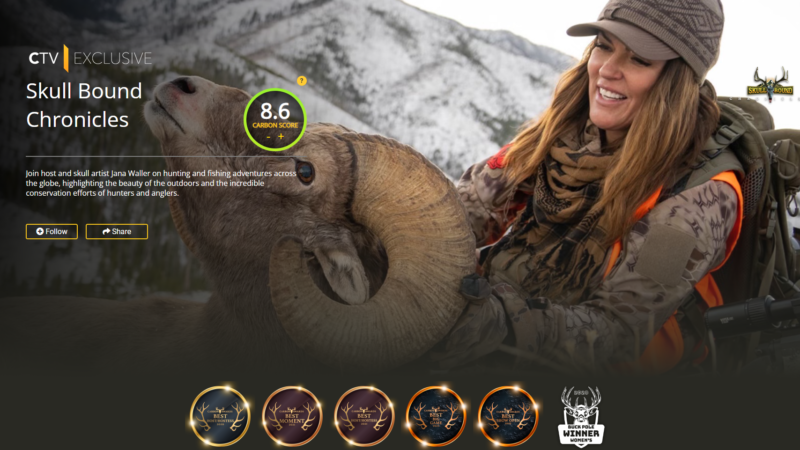Realtree
Realtree Bill Jordan
Realtree In 1986, very early in the camouflage revolution, Bill Jordan decided to try his hand at designing a camouflage pattern.
Bill had entered the hunting industry in 1983, when he launched Spartan Archery Products in a back room of his father’s boat dealership in Columbus, Georgia. Spartan manufactured t-shirts in a local factory, which were sold to a variety of major retailers across the country. But the basic clothing trade was a difficult, low-margin business that depended on high volume – not easy for an established company, and almost impossible for a start-up. Bill saved money and participated in bass fishing tournaments to generate income. Meanwhile, he was constantly looking for ways to set his business apart from the crowd.
And that’s how Bill found himself one day in 1986, sitting in his parents’ garden with paper and crayons, drawing and coloring the bark of a giant oak tree that grew there. Bill thought that by superimposing images of twigs and leaves on a vertical bark background, he could create a three-dimensional look that would suit a variety of terrains – and make his pattern distinct.
Using local factories, Bill followed the printing process until he finally had a set of camouflage garments to photograph.
Ever the promoter, Bill began photographing clothing on bowhunters in tree stands. Every month, for about eight months, he sent the images to hunting apparel buyers all over the country.
But Bill couldn’t send clothing samples, because the camouflage disappeared too well. “We couldn’t get the pattern to fit on the pants,” he recalls. ” It was fading. I only had one suit and no extra fabric, so I kept sending photos.” When December arrives, buyers are clamoring for clothes.
I had no clothes,” remembers Bill. But I couldn’t tell them, so I just sent them more photos.
The problem was about to be solved, but without wasting time. Bill had started working with Eastbank Textiles, and they took on the printing challenge just one week before the Shooting, Hunting, Outdoor Trade Show (SHOT). Finally, Bill was on his way home with around 30 meters of printed fabric to be turned into clothes for the show. But the airline sent the fabric box to Columbus, Ohio, instead of Columbus, Georgia.
I finally received the fabric on Monday, and the show started on Thursday,” says Bill. I rushed it to the manufacturer, who produced the basic garments on Wednesday morning. I had nude models waiting at the SHOT Show, and I was sitting in Columbus waiting for pants to be sewn.
That afternoon, Bill flew to the SHOT Show.
There we were, dressing models at midnight, the night before the show started,” Bill recalls. ” The anxiety at that time was incredible. I had no credibility in this field, and here I was – having seduced all these buyers – dressing my models in the only clothes I had anywhere in the world, just hours before the show started. I had no manufacturer for these clothes, just Spartan, and Spartan had no money. I couldn’t even sell to the first retailer if I wanted to. I had no license agreement to work with and no real idea of what I was going to do next. All I knew was that I had some clothes, a twenty-by-twenty-foot booth and, with a little luck, some very influential people who would stop by to see me.
“On the morning of the show’s opening, at 9:30 a.m., here’s the Bass Pro Shops buyer. Ten minutes later, the Oshman’s buyer entered the booth. Another ten minutes later, here comes the Wal-Mart buyer. All three were in the booth at the same time. I said to myself, “What am I going to do now?
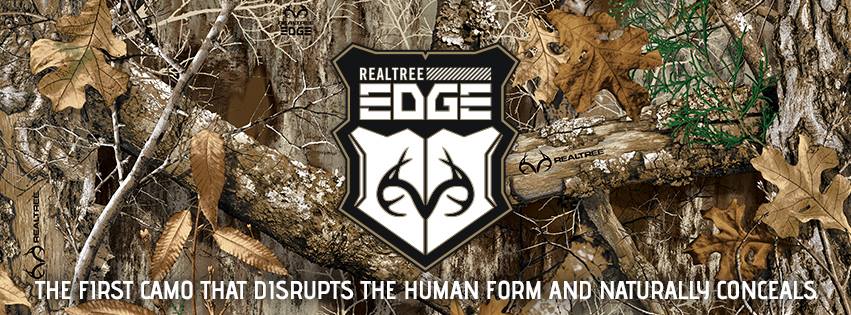
When Wal-Mart’s Wally Switzer asked Bill if he could make the garments to fill their orders, Bill admitted he could never begin to handle the orders. It takes a lot of money to start a clothing manufacturing business, and Bill was strapped for cash. Wally told Bill that Wal-Mart had a company called Walls that made some of their hunting apparel. The Bass Pro buyer said the same thing, as did the Oshman buyer. Walls ‘ name came up again and again.
“Then they asked me, ‘Who’s your hat company? Who’s your glove supplier?” said Bill. I replied, “Hmmm, I don’t know, who do you want it to be?”.
The three men stayed in the Realtree booth for a long time that morning, chatting with Bill and asking questions. Eventually, Wally Switzer left and returned with his Walls contact. Walls wanted to buy the fabric from Eastbank Textiles, make the garments with it, then see how well they sold. That’s when licenses were born.
Eastbank Textiles had been tasked with finding an efficient printing process, and so became Bill Jordan’s first licensee. Eastbank Textiles paid the license fee for each meter of fabric and passed the cost on to the manufacturer. At the time, no one really knew how to set up such an agreement, so Bill’s first contract with Eastbank Textiles became the model for all the licensing agreements he has signed since.
To make a humorous aside, Spartan-Realtree Products (the company’s new name) couldn’t afford to pay for the entire 20′ x 20′ booth at the SHOT Show that year, so Bill arranged to pay half in advance and the rest on arrival.
SHOT Show representatives stopped by the booth several times during opening hours to collect, but each time Bill was absent. Bill didn’t have the money to pay them, so he ducked out the back of the booth whenever one of his employees saw the reps loitering in the hallway. But by the end of the show, Bill had finally found a way to fulfill his obligations.
There are dozens of such stories, as much of Realtree’s initial growth was financed on a shoestring budget. In fact, the company’s first facility was an empty rented church. Bill and two or three employees worked in the upstairs office, they stored boxes in the baptismal room, and the sanctuary was the company’s first warehouse. But it was an exciting time, and every little success was celebrated by the entire staff.
Right from the start of the licensing process, Bill understood that promoting the camouflage pattern was important to the success of his business. He also knew that manufacturers would only promote their own garments and wouldn’t care what camouflage pattern they wore. It became obvious that Bill would have to do all the promotion himself in order to create demand for the motif. So he devoted his efforts and meagre financial resources to every possibility of creating positive publicity for Realtree ®. In many ways, he has become a pioneer in the way products are promoted in the outdoor industry.
This early commercial risk paid off. As a result, vision became Bill’s greatest attribute and promotion his company’s greatest strength. Since its beginnings in the late 1980s, Realtree has grown steadily to become a household name and one of the strongest brands in the hunting industry.
Bill Jordan has never stopped innovating. Today’s camouflage patterns are created using sophisticated computers, digital cameras and photorealistic prints. Realtree stays at the forefront of the latest developments in fabric design and printing to advise its customers (licensees who pay a royalty to use camouflage patterns) on the best ways to maintain quality and performance.
